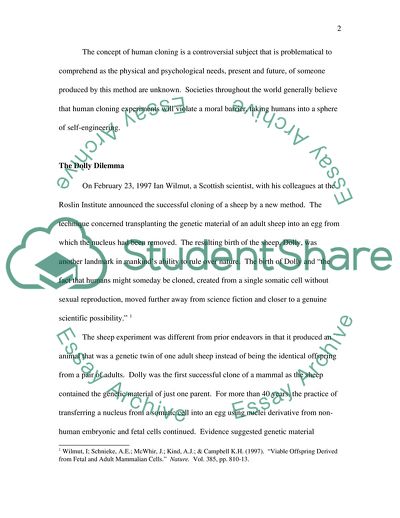Cite this document
(To Clone or Not to Clone Essay Example | Topics and Well Written Essays - 2500 words, n.d.)
To Clone or Not to Clone Essay Example | Topics and Well Written Essays - 2500 words. https://studentshare.org/medical-science/1703935-cloning
To Clone or Not to Clone Essay Example | Topics and Well Written Essays - 2500 words. https://studentshare.org/medical-science/1703935-cloning
(To Clone or Not to Clone Essay Example | Topics and Well Written Essays - 2500 Words)
To Clone or Not to Clone Essay Example | Topics and Well Written Essays - 2500 Words. https://studentshare.org/medical-science/1703935-cloning.
To Clone or Not to Clone Essay Example | Topics and Well Written Essays - 2500 Words. https://studentshare.org/medical-science/1703935-cloning.
“To Clone or Not to Clone Essay Example | Topics and Well Written Essays - 2500 Words”. https://studentshare.org/medical-science/1703935-cloning.


